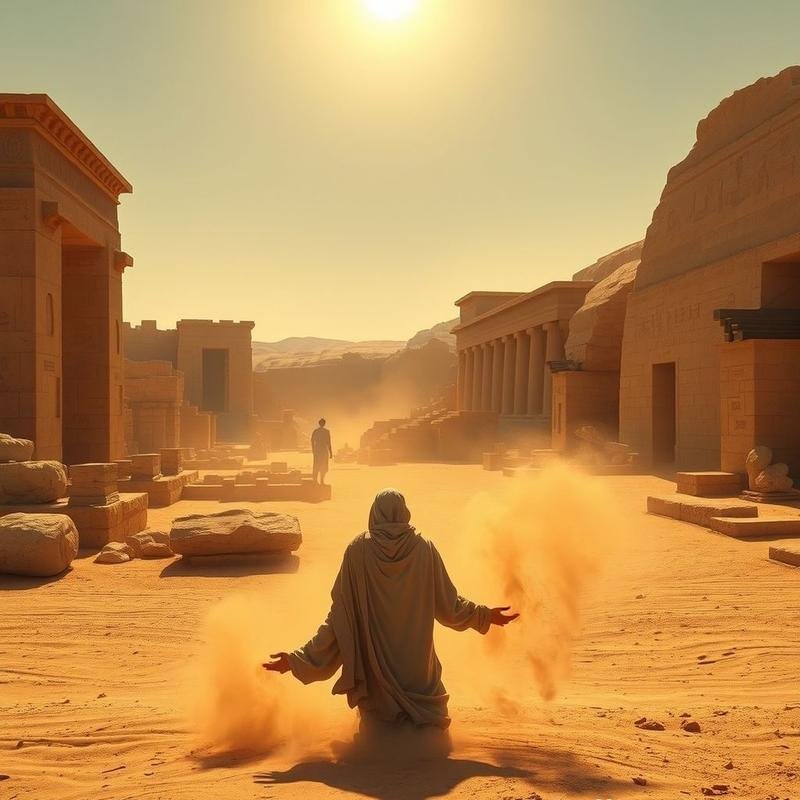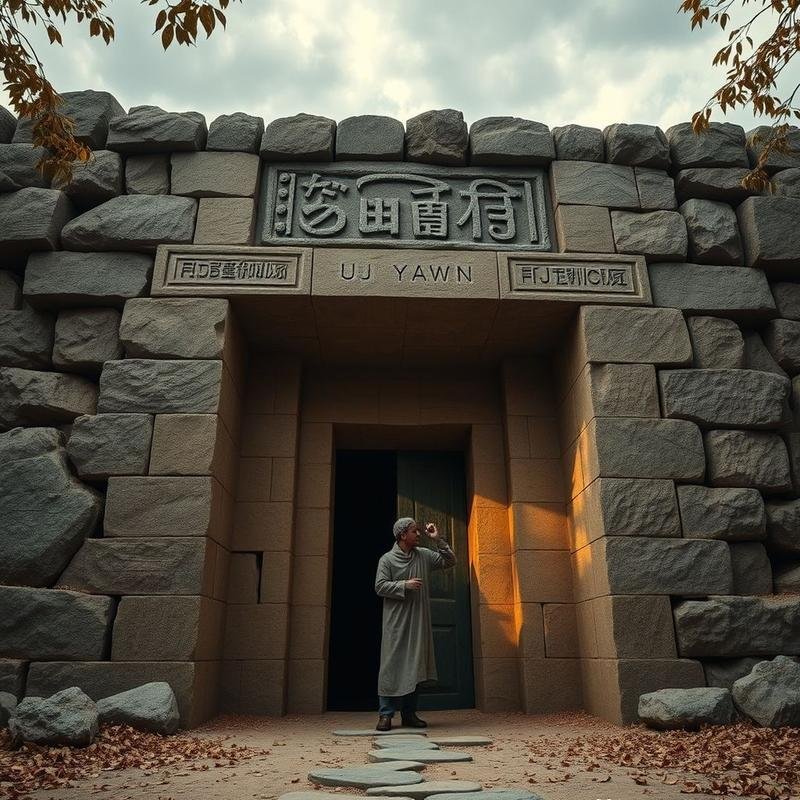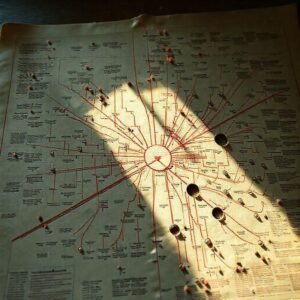Scorpion King: Examining His Role as a Potential Unifier of Ancient Egypt.

Scorpion King: Unifier of Egypt?
Prior to the dynastic period and the reign of Narmer, Egypt was a fragmented landscape of polities. While the term “warring city-states” may be an oversimplification, Predynastic Egypt, circa 3200 BC, comprised a complex network of competing entities. From this transitional era, accounts emerged of a powerful figure known as Scorpion King I. It remains uncertain whether he was a purely mythical figure, a forgotten catalyst for Egyptian unification, or a significant historical figure whose role was more nuanced.
The Enigma of Scorpion King I
Hierakonpolis and Naqada, prominent urban centers, vied for dominance along the fertile Nile River. Amidst these power struggles, a chieftain shrouded in mystery rose to prominence. Unlike Narmer, whose palette is interpreted by some as depicting military conquest, Scorpion King I’s existence is primarily inferred from archaeological evidence.
The Scorpion Macehead: A Glimpse into the Past
The Scorpion Macehead, discovered at Hierakonpolis, offers a tantalizing glimpse into his era. This votive offering depicts what some scholars interpret as early irrigation projects and potential military standards. However, the extent of his dominion beyond Upper Egypt remains uncertain, and even his control within Upper Egypt is debated. Did he pave the way for the dynastic era, or was he a regional power whose legend grew over time? Is Scorpion King I the unacknowledged architect of unification, his narrative overshadowed by the celebrated Narmer?
Tomb Uj at Abydos: A Royal Resting Place?
Abydos, the sacred burial ground, provides a tangible connection to this enigmatic ruler. Tomb Uj, predating the dynastic period, is often associated with Scorpion I, although this identification is not definitive. This was more than a mere grave; it served as a declaration of power. Within, archaeologists unearthed hundreds of imported pottery jars from Palestine, indicative of trade networks spanning considerable distances. These jars, containing remnants of wine and other valuable commodities, underscore the wealth and control concentrated in the hands of this early leader.
Early Hieroglyphs and Administrative Capacity
Even more revealing are the inscribed ivory labels discovered within the tomb. Bearing some of the earliest known hieroglyphic symbols in Egypt, these tags document commodities, locations, and potentially even events directly connected to Scorpion King I’s reign. While their precise interpretation remains a subject of scholarly debate, the presence of these labels highlights an administrative capacity far surpassing that of a simple chieftain. The interpretation of these early hieroglyphs is complex. They suggest a centralized authority capable of organizing and recording complex economic activities, reinforcing the image of a ruler presiding over a nascent state. The scale of these operations suggests a ruler of significant power and influence.
The Narmer Palette: A Culmination or a Continuation?
Following Scorpion King I’s reign, the Narmer Palette emerges, traditionally interpreted as depicting King Narmer’s unification of Upper and Lower Egypt around 3100 BC. The palette undeniably showcases Narmer’s military strength, depicting him smiting enemies and overseeing the decapitation of prisoners. However, alternative interpretations offer a more nuanced perspective. What if the palette does not depict a singular event of unification, but rather the culmination of a process initiated by Scorpion King I?
Reinterpreting the Narmer Narrative
The presence of serekhs, early forms of royal crests, on pottery shards bearing Scorpion King I’s symbol, suggests his influence extended beyond Abydos. Could Narmer have built upon Scorpion King I’s foundations, consolidating existing territories rather than forging a unified Egypt ex nihilo? The palette’s imagery might represent the suppression of localized rebellions following Scorpion King I’s initial expansion, rather than the conquest of a completely independent Lower Egypt. The uniformity of artistic style across Upper Egypt during this period, potentially fostered during Scorpion King I’s reign, further supports this theory of gradual consolidation. The Narmer Palette, therefore, might be less a declaration of unification and more a carefully crafted message of Narmer’s continued dominance over a land already partially unified under his predecessor. It is a victory cry, perhaps, but one echoing a previous triumph. The palette tells a story, but whose story is it truly telling?
The Debate Continues: Unifier or Regional Power?
To what extent did Scorpion King I truly unify Egypt? This question remains a subject of intense scholarly debate. Some Egyptologists consider Tomb Uj at Abydos – potentially belonging to Scorpion King I – as crucial evidence. The tomb’s associated artifacts, notably pottery shards inscribed with details of conquered territories, offer compelling evidence of early military campaigns and territorial expansion. These findings suggest a centralized power capable of organizing large-scale military expeditions.
Challenges to the Unification Theory
However, scholars urge caution in interpreting this evidence. They argue that the pottery shards could equally represent trade relations or raiding expeditions, not necessarily outright conquest and political unification. Moreover, the geographical reach of Scorpion King I’s influence remains a point of contention. While evidence suggests control over portions of Upper Egypt, concrete proof of dominion over Lower Egypt remains elusive. The absence of Scorpion King I’s name or symbols in Lower Egyptian archaeological sites deepens the skepticism surrounding his role as the unifier of the entire country.
Redefining Unification
But what constitutes unification in this context? Did Scorpion King I achieve a complete political and cultural merger of Upper and Lower Egypt? Or did he exert a degree of control and influence over disparate regions, essentially setting the stage for later rulers like Narmer to finalize the process? The absence of definitive evidence allows for multiple interpretations of the available data.
Legacy Beyond Unification
The enigma of Scorpion King I endures, continuing to fascinate and challenge our understanding of early Egyptian history. Even if the grand narrative of complete unification remains debated, the influence of Scorpion King I on the subsequent development of Egyptian civilization remains a topic of discussion. The standardization of weights and measures, crucial for trade and administration, began to arise during his reign, specifically evidenced by calibrated pottery vessels unearthed at Abydos dating to Naqada IIIa. This standardization, along with early forms of hieroglyphic writing evident on labels and pottery shards from his era, paved the way for the complex bureaucratic systems that would characterize later dynasties.
Foundations of the Pharaonic State
Irrigation techniques, evidenced by canals and basin irrigation systems documented in Upper Egypt during this period, may have laid the groundwork for the agricultural surplus that fueled population growth and state formation. The increased social stratification, visible in the differential burial goods and tomb sizes at sites like Hierakonpolis, suggests a consolidation of power and the emergence of a ruling elite, a pattern that continued into the Early Dynastic Period. So, while Narmer may have finalized the political unification, Scorpion King I established foundations upon which the pharaonic state was built, leaving an indelible mark on the civilization that followed. His legacy extends beyond military conquest, encompassing the very fabric of Egyptian society.
Reassessing Predynastic Egypt
Acknowledging Scorpion King I compels a reassessment of Predynastic Egypt. We must move beyond the traditional, Narmer-centric narrative of unification. The Qustul incense burner, discovered in Nubia, suggests a far broader cultural and political landscape than previously imagined. Interactions and influences predated and shaped the later dynastic period. Scorpion King I’s macehead, depicting agricultural rituals and potential warfare, hints at a complex society already engaged in state-level organization and expansion around 3200 BCE.
A Gradual Process of Consolidation
This necessitates re-evaluating the very definition of unification itself. Was it a single, decisive event orchestrated solely by Narmer, or a more nuanced, gradual process of consolidation and cultural integration spanning generations, perhaps with Scorpion King I playing a pivotal, albeit less documented, role? The archaeological record, while fragmented, suggests the latter.
The Enduring Mystery
Despite the compelling evidence – the macehead hinting at early military campaigns, the elaborate Tomb Uj at Abydos – the figure of Scorpion King I remains elusive. Was he a true pharaoh in the making, a regional chieftain whose ambitions foreshadowed the dynastic era, or something in between? The Narmer Palette, traditionally seen as celebrating the final unification of Egypt, might instead depict a later stage in a process begun, but never quite completed, by Scorpion King I. If unification wasn’t his ultimate achievement, what was his true legacy? The ongoing debates surrounding the Scorpion hieroglyph itself – does it represent a single powerful ruler, or an entire dynasty of scorpions? – underscores the persistent ambiguity.
The Quest for Answers Continues
Further archaeological discoveries, particularly in Upper Egypt, are crucial to answering these enduring questions. Advanced dating techniques applied to existing artifacts, coupled with rigorous textual analysis of predynastic inscriptions, could finally illuminate the true scope of Scorpion King I’s influence, perhaps even reveal his true name, lost to the sands of time. The desert holds its secrets close, but the quest to understand this pivotal figure, this shadowy architect of Egyptian civilization, must continue.
Given the evidence suggesting Scorpion King I’s significant influence, do you believe future discoveries will solidify his place as a co-unifier of Egypt alongside Narmer? Share your theories in the comments, and subscribe for more explorations into the mysteries of the ancient world.









